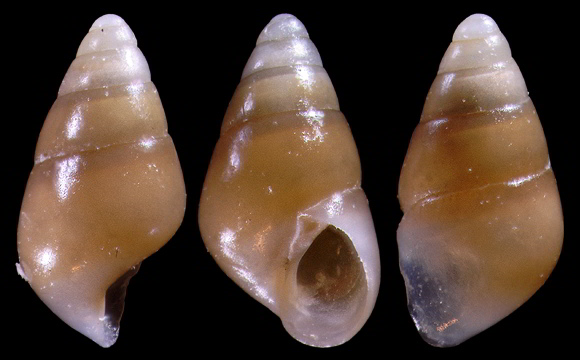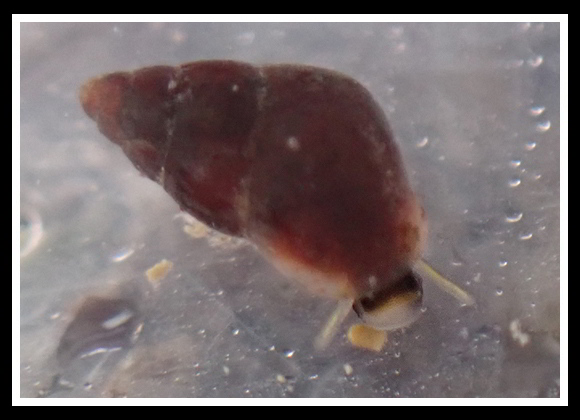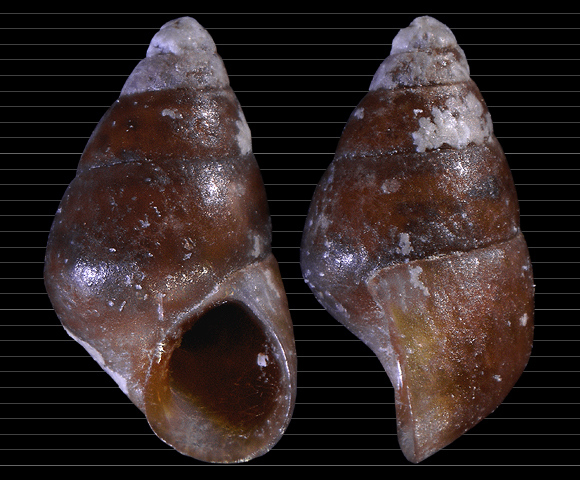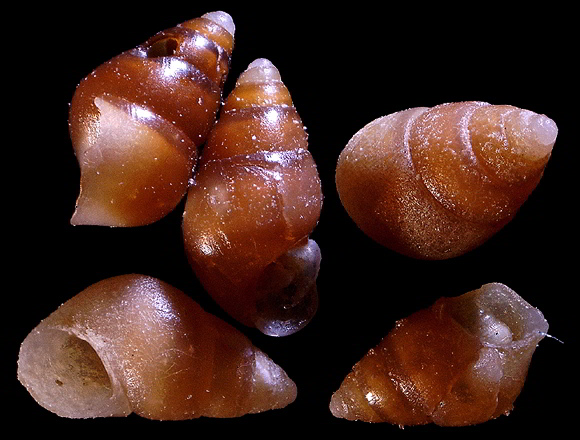
Shetland to Canarias, to Mediterranean. Grazer and detritus feeder on rocks and stones in the intertidal-infralittoral levels. Despite its name, the number of spiral bands in highly variable. This pattern can be barely discernable, but always exists.
Protonym: Turbo unifasciatus.
Worn specimpens collected at the base of a rocky slope with crevices, Anse des Fossettes, Saint-Jean-Cap-Ferrat, east of Nice, Alpes-Maritimes, SE. France. 2,2-3mm.
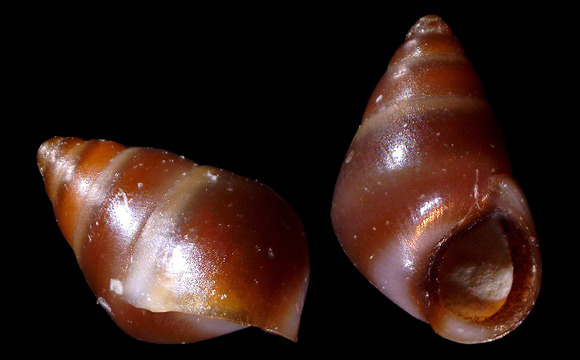
2m deep, Porto Cesareo, Lecce, Puglia, S. Italy. 2,7mm.
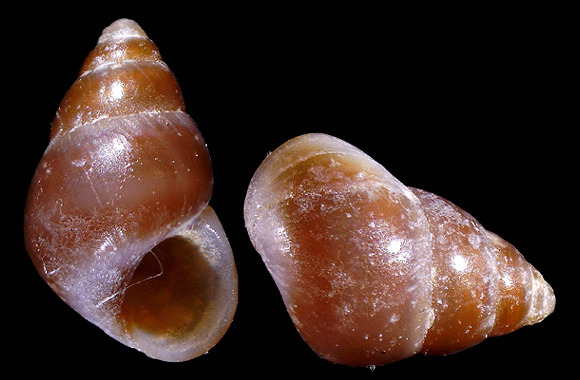
« Turbo with a smooth, conic, white shell, with one, and rarely two bands of purplish-brown on the body [whorl], one on the second spire [whorl], and sometimes also on the third [whorl]. The number of volutions are five. And it is observable when it has two fasciae on the lower spire [whorl], they occupy no more space than when there is but one. The spires [whorls] are very little raised, and divided only by a small line [i.e.: suture shallow]. The bands of the superior ones are close to the separating line. Aperture sub-oval; exterior lip thin, and turning outwards; inner lip spreading on the Columella; imperforated. » – G. Montagu: Testacea brittanica part. II, London 1803. – 25m deep, in grit, Málaga, Andalucia. 2,7mm.
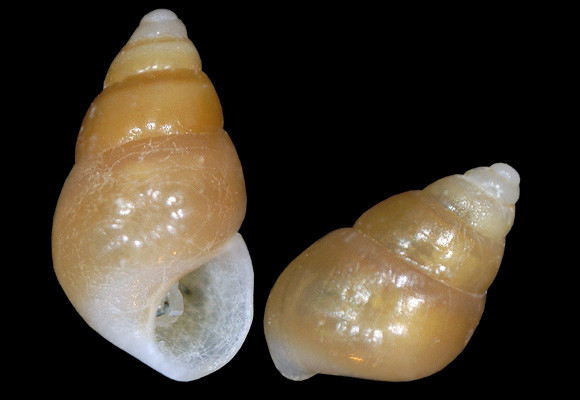
Variant “fulva”. Specimen collected at 8m deep, at base of a submarine bank of conglomerate, 600m east of Mochlos, NE. of Kolpos Mirabellou, Lassithi, N. Crete. 2,25mm.
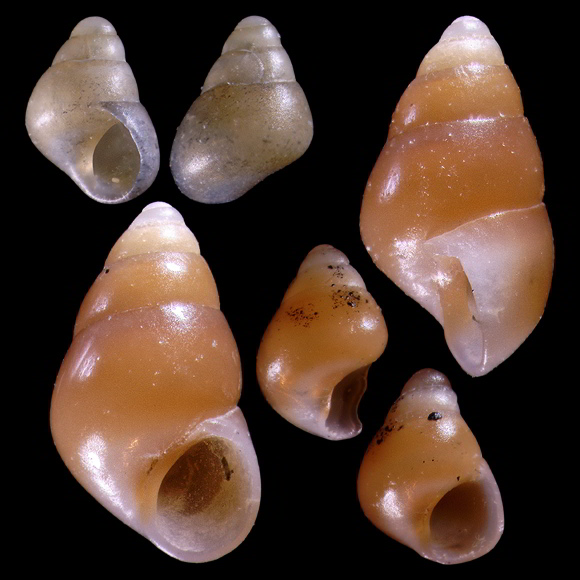
Variants “pallida” (1,4mm) and “aurantiaca” (1,5-3,2mm).
